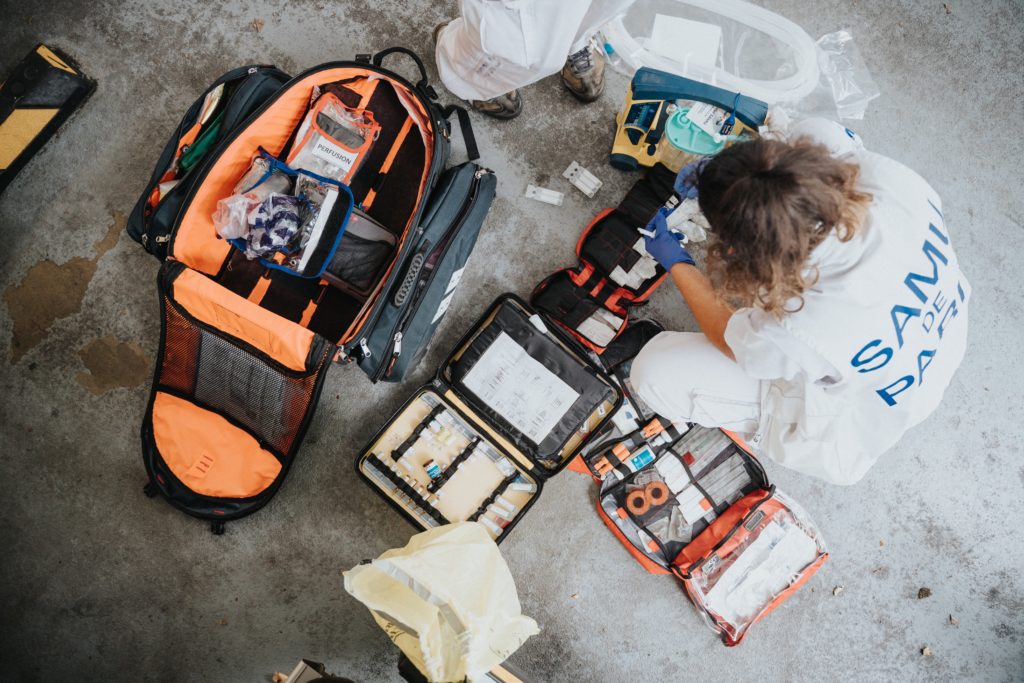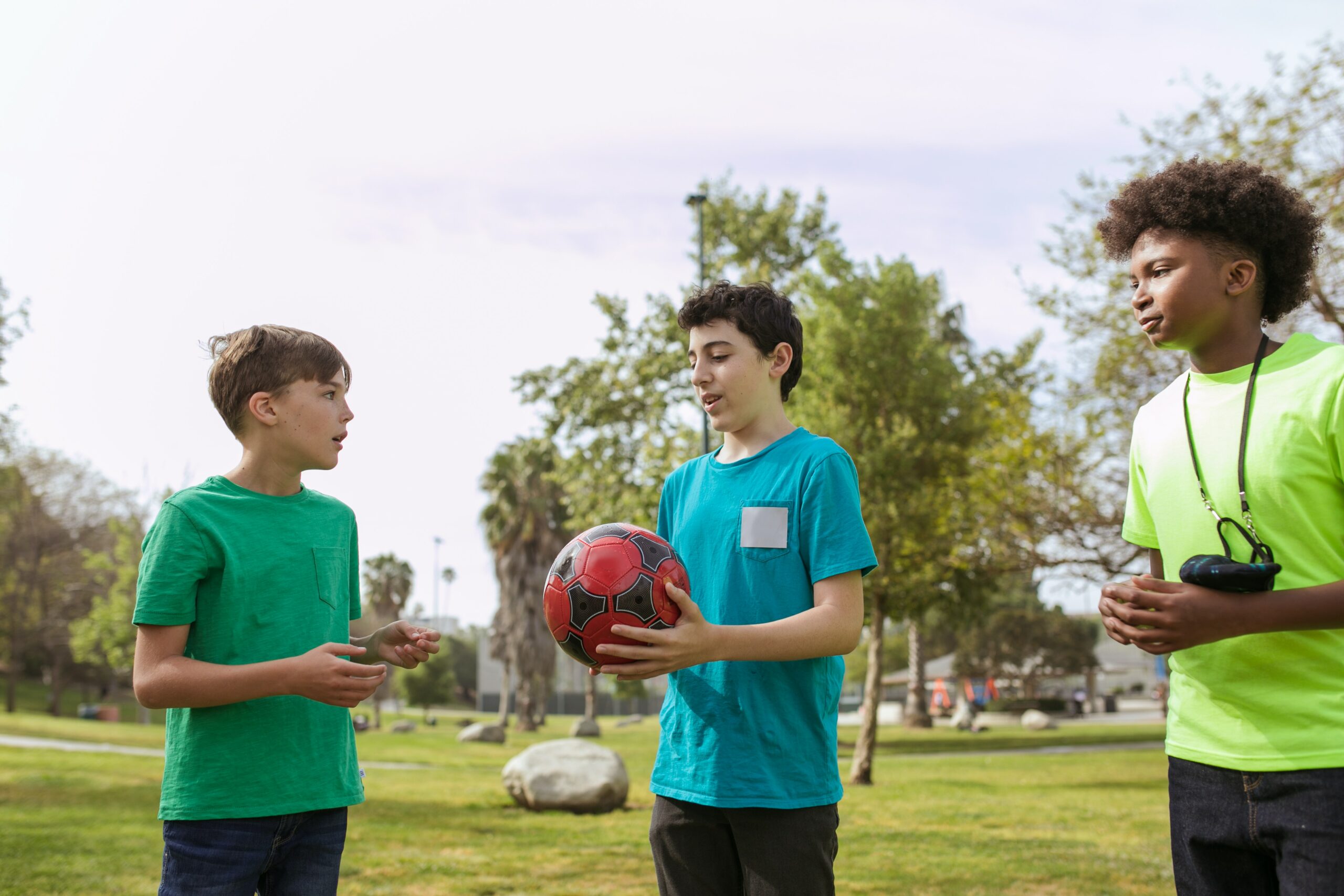Emergencies almost always happen without any warning and often leave you unprepared. In an emergency, the best thing you can do is prepare beforehand with the equipment you need to survive. A 72-hour kit can protect you and your family no matter what comes your way.
What is a 72 Hour Kit?
Like any other kit, a 72-hour kit is the one to carry when you have to leave home during a crisis. These kits should be used if you must evacuate due to different emergency concerns. It can be due to earthquakes, tornados, hurricanes, terrorist attacks, or anything that prompts mandatory evacuations in your area.
The kit gets its name from preparing things you need to survive for 72 hours or three full days after the evacuation. In a standard emergency, you may be allowed to go back home after 72 hours, depending on the situation.
It is essential to have the basic survival supplies if you are stranded without power, food, or cell phone service. You will need all the essentials ready as you cannot heavily rely on emergency services during these times. So, make your 72-hour kit, and do not get caught unprepared.
Must-Have Items in Your Kit
We need four basic things to survive: food, water, shelter, and warmth. Therefore a 72-hour kit should at least include the following items:
-
Food supplies
Start by preparing the right food kit in your supplies. Be sure to include a gallon of water per day, canned foods, protein bars, and non-perishable food items. Plan everything out based on the number of your family members or people that are travelling with you. Make sure that the proper ratio for each is ready inside the kit.
-
Clothing
Get enough clothing for everyone as you pack your 72-hour kit. Be sure to include socks, underwear, shirts, and other clothing items you need.
Switch out your packed clothes in your kit as the seasons change. For example, thick, sturdy jackets are not necessary for the summertime but are ideal for the winter season.
-
Extreme Weather Protection
Add a few raincoats and ponchos for everyone. These items will keep you protected from extreme rains and snow. It also helps to add heat blankets to provide warmth during difficult conditions.
-
Lights and Radio
Throw a few battery-operated flashlights inside your kit. Bring along plenty of batteries with it to be safe.
A portable radio is also helpful to have access to weather stations and other information channels. Make sure you know how to operate the radio to access the right stations. Also, prepare batteries for it.
-
Personal Documents
Get all the important documents ready. Include important contact information, copies of legal documents, banking data, and valid pictures of each family member.
-
First Aid Kit
This one is a must-have in your 72-hour kit. A first aid kit is a big help in taking care of anyone who is hurt during your trip. Be sure to include the following items in your first aid kit:
-
Bandages of various sizes
-
Dressings for larger wounds
-
Shears for cutting gauze, bandages, and other items
-
Antiseptic wipes
-
Topical ointments
-
Rubbing alcohol for cleaning wounds and other areas that needs cleaning
-
Cotton wipes
-
Tweezers
Your first aid kit should be put in a sturdy case so no outside materials can get inside.
Get Trained
Learn how quick and easy it is to become prepared when facing a range of emergencies – anytime, anywhere.
Use our checklist above as a guide in building your 72-hour emergency kit. These basic items can help you take care of everyone, including yourself, during an emergency.
Get trained in First Aid to know how to attend to different injuries or illnesses. Check out our basic First Aid Course for more details.








